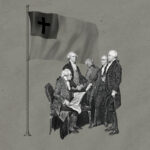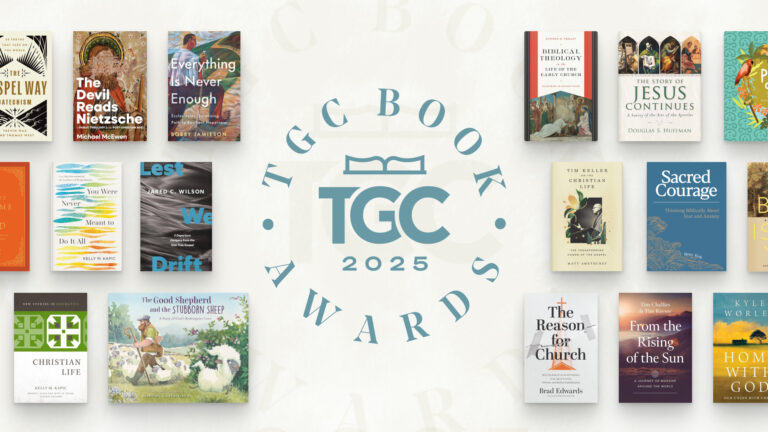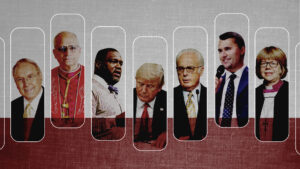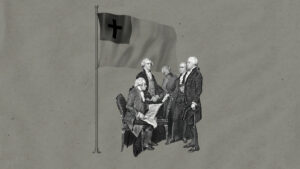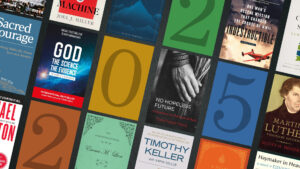In reply to a criticism during the Great Depression that he had changed his views on a key economic issue, John Maynard Keynes said, “When my information changes, I alter my conclusions. What do you do, sir?”
A similar question can be asked of those who have been promoting declension narratives about how evangelicalism—especially conservative forms of the movement—has been rapidly declining. For example, in 2010 Carol Howard Merritt claimed, “There are three major reasons that a younger generation is leaving evangelicalism: pernicious sexism, religious intolerance, and conservative politics.” Similarly, Rachel Held Evans claimed earlier this year, “Just about every denomination in the American church—including many evangelical denominations—is seeing a decline in numbers, so if it’s a competition, then we’re all losing, just at different rates.”
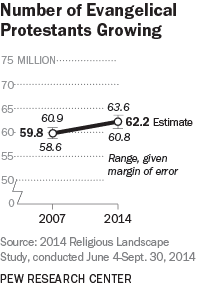 Whatever previous information those claims about evangelicalism were based on, it doesn’t appear to match the current reality. A new survey by the Pew Research Center reveals that certain sectors of Christianity—particularly Roman Catholic and mainline Protestant churches—continue to shrink while the number of evangelicals in America is growing. Will this new information be enough to lead critics of evangelicalism to alter their conclusions?
Whatever previous information those claims about evangelicalism were based on, it doesn’t appear to match the current reality. A new survey by the Pew Research Center reveals that certain sectors of Christianity—particularly Roman Catholic and mainline Protestant churches—continue to shrink while the number of evangelicals in America is growing. Will this new information be enough to lead critics of evangelicalism to alter their conclusions?
This extensive new survey compares the religious landscape of today with that of 2007, a time when George W. Bush was still president and Steve Jobs was revealing the first iPhone. The results should quash some of the tired, unsupported narratives (e.g., the Religious Right scared people away from evangelicalism) and give rise to new ones (i.e., the two main religious groups in American religion are evangelicals and “nones.”).
The entire survey is worth close examination, and special attention needs to be paid to the rise of “nones,” especially among the younger generation. But since other outlets will focus on those areas almost exclusively, I want to highlight a few of the important takeaways related to evangelicalism:
• Approximately 1 in 5 of every generational group identifies as evangelical: Silent generation (30 percent), Baby Boomers (28 percent), Gen X (25 percent), Older Millenials (22 percent), and Younger Millenials (19 percent). Those percentages are higher than for any other Christian group, though they do decline for each generation.
• The evangelical Protestant share of the population has remained comparatively stable. The percentge of evangelicals changed slightly from 26.3 percent to 25.4 percent of the population, while Mainline and Catholic groups declined by more than 3 percent each. As a result, evangelicals now constitute a clear majority (55 percent) of all U.S. Protestants, a slight change from 2007 when roughly half of Protestants (51 percent) identified with evangelical churches.
• The new survey indicates that evangelical churches—including the Southern Baptist Convention, the Assemblies of God, Churches of Christ, the Lutheran Church-Missouri Synod, the Presbyterian Church in America, and many nondenominational congregations—now have a total of about 62 million adult adherents. That is an increase of roughly 2 million since 2007, though as Pew notes, once the margins of error are taken into account, it is possible that the number of evangelicals may have risen by as many as 5 million or remained essentially unchanged.
• Since 2007, the share of evangelicals who identify with Baptist denominations has shrunk from 41 percent to 36 percent. Meanwhile, the share of evangelicals identifying with nondenominational churches has grown from 13 to 19 percent.
• The United Methodist Church (UMC) continues to be the largest denomination within the mainline Protestant tradition. Currently, 25 percent of mainline Protestants identify with the UMC, down slightly from 28 percent in 2007.
• More than 6 in 10 people in the historically black Protestant tradition identify with Baptist denominations, including 22 percent who identify with the National Baptist Convention, the largest denomination within the historically black Protestant tradition.
• Very few evangelicals become Catholics. Only 2 percent of adults who were raised as evangelicals now identify as Catholic.
• Sixty-five percent of adults raised as evangelicals still identify with their childhood religion. In comparison, only 59 percent of Catholics and 45 percent of mainline Protestants still do.
• Overall, there are six former Catholics for every convert to Catholicism while there are 1.2 people joining evangelicalism for every one that leaves.
• More Americans who self-identify as gay or lesbian identify as evangelical (13 percent) than mainline (11 percent), atheist (8 percent), or agnostic (9 percent).
• Racial and ethnic minorities now make up 24 percent of evangelicals, though the racial and ethnic composition of evangelicals has remained largely unchanged since 2007 (76 percent White; 6 percent Black; 11 percent Hispanic; 2 percent Asian).
See also: Factchecker: Are All Christian Denominations In Decline?
Free Book by TGC: ‘Before You Lose Your Faith’
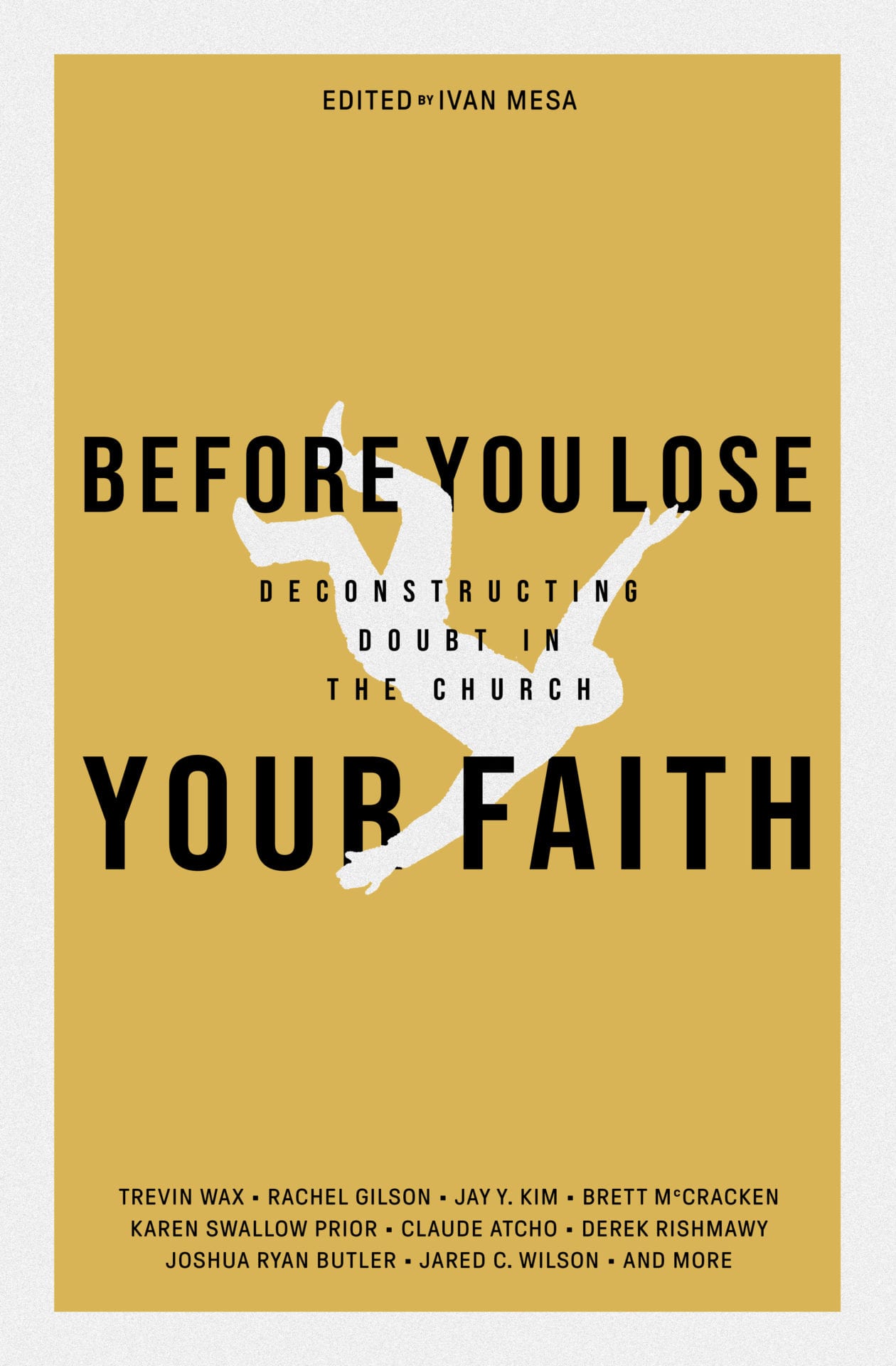 Many young people are walking away from Christianity—for reasons ranging from the church’s stance on sexual morality, to its approach to science and the Bible, to its perceived silence on racial justice.
Many young people are walking away from Christianity—for reasons ranging from the church’s stance on sexual morality, to its approach to science and the Bible, to its perceived silence on racial justice.
TGC’s book Before You Lose Your Faith: Deconstructing Doubt in the Church is an infusion of hope, clarity, and wisdom in an age of mounting cynicism toward Christianity.
For anyone entering college or the workplace and looking for a timely reminder of why Christianity is good news in a skeptical age, make sure to get your FREE ebook Before You Lose Your Faith today!








